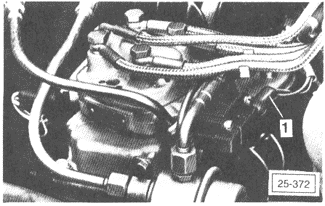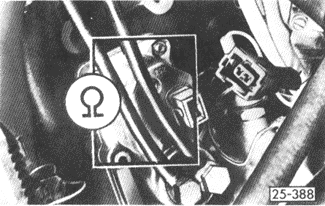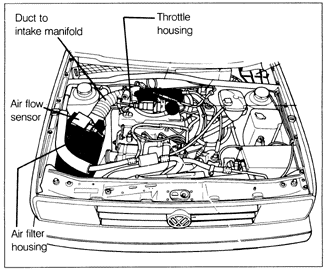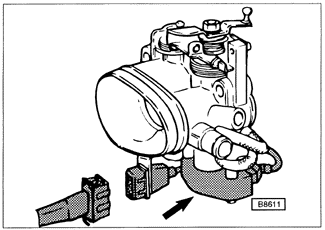Identifying The SystemsCIS and CIS-E are very similar in appearance. Their most obvious feature (distinguishing them from Digifant II) is the individual fuel lines running from the fuel distributor atop the air filter housing to the injectors at the intake manifold or cylinder head, as shown in Fig. 1-2. The most obvious way to tell CIS from CIS-E is at the fuel distributor. The steel CIS fuel distributor is painted black and has no direct electrical connections. The CIS-E fuel distributor is aluminum-colored and has electrical harness connectors attached to its differential pressure regulator and sensor plate potentiometer, as shown in Fig. 1-3.


An additional distinguishing feature of CIS is the control pressure regulator. The control pressure regulator is mounted to the front side of the engine cylinder block. Two fuel lines connect it to the fuel distributor. See Fig. 1-4. Cars equipped with CIS-E do not have this component.

The Digifant II engine management system, shown in Fig. 1-5, is quite different in appearance from CIS or CIS-E. The long, individual fuel lines are gone, and there is no fuel distributor atop the air filter housing. The fuel injectors are all connected to a common fuel rail mounted near the intake manifold. The Digifant II air filter housing and air flow sensor are combined into one unit. The Digifant I engine management system is very similar in appearance to Digifant II. The most obvious feature distinguishing it (from Digifant II) is the throttle valve potentiometer underneath the throttle valve. See Fig. 1-6.


|